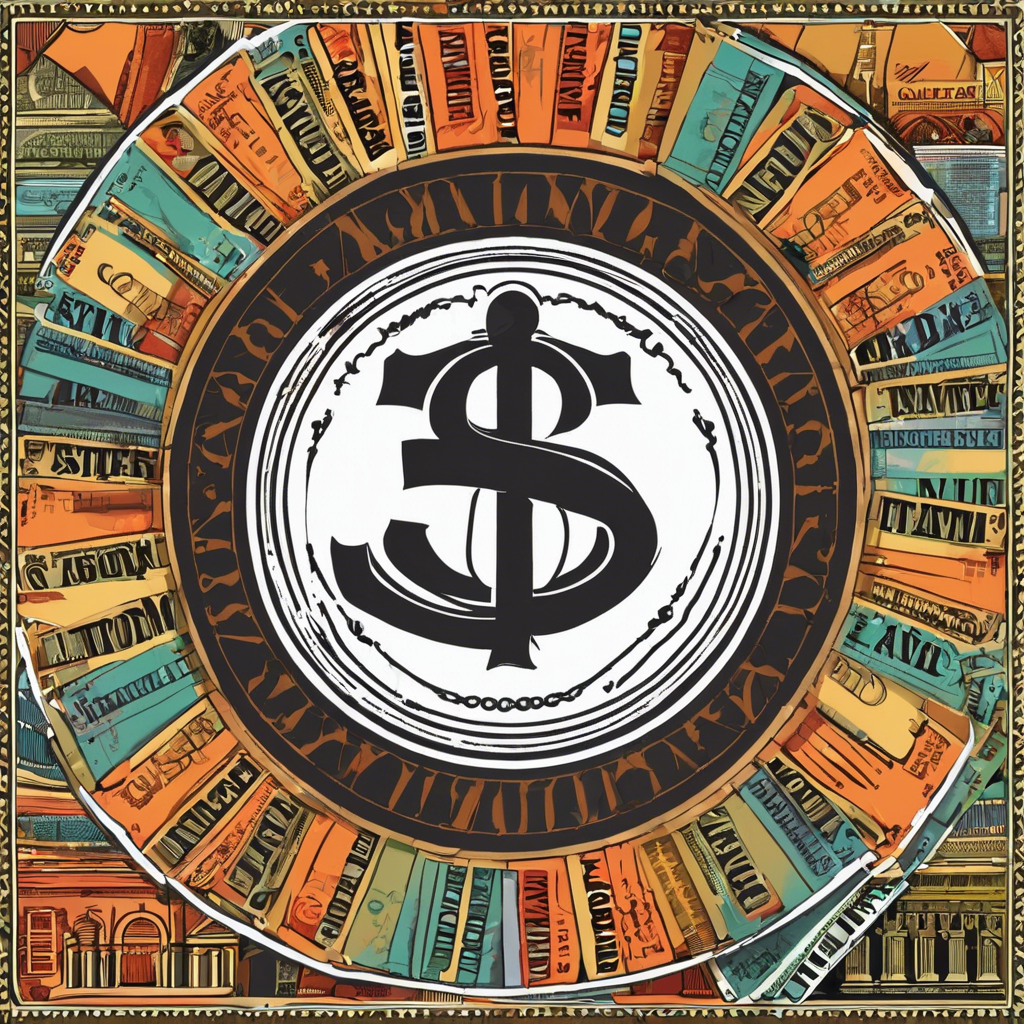Investing can feel daunting, especially when you’re starting with a seemingly small amount like $100. However, in 2025, even a modest sum can be the first step towards building significant wealth over time. The key lies in understanding the basics, choosing the right investment vehicles, and remaining disciplined. This guide will equip you with the knowledge to navigate the world of investing, transforming your $100 into a foundation for a financially secure future. We’ll explore various options suitable for beginners, emphasizing the importance of long-term strategies and responsible risk management. Remember, the journey of a thousand miles begins with a single step, and that step, in this case, is your initial $100 investment. Don’t be intimidated by the complexity; with a little research and a practical approach, you can unlock the potential of your money and embark on a path towards financial independence. This isn’t about getting rich quick; it’s about establishing smart, sustainable investment habits that will pay off handsomely in the years to come. We’ll break down the process into manageable steps, making it accessible and understandable for everyone, regardless of their prior financial experience.
Before diving into specific investment options, it’s crucial to establish a solid financial foundation. This involves understanding your current financial situation, including your income, expenses, and existing debts. Create a budget to track your spending and identify areas where you can save more. Paying off high-interest debts, such as credit card balances, should be a priority before investing, as the interest you pay on these debts often outweighs the potential returns from investments. Once you have a clear picture of your finances and have a manageable level of debt, you can confidently allocate a portion of your savings towards investing. Remember, investing should complement your overall financial plan, not replace it. A well-structured budget and disciplined saving habits are the cornerstones of successful long-term investing. It’s also wise to build an emergency fund – typically three to six months’ worth of living expenses – to cover unexpected events without disrupting your investment strategy.
Now, let’s explore some accessible investment avenues for your $100. Fractional shares allow you to buy portions of stocks or exchange-traded funds (ETFs), eliminating the need to purchase entire shares, which can be expensive. Many brokerage firms now offer commission-free trading, making it even more affordable to start investing. Consider investing in low-cost index funds or ETFs that track broad market indexes like the S&P 500. These funds offer diversification, reducing the risk associated with investing in individual stocks. Another option is peer-to-peer lending platforms, where you can lend money to individuals or businesses and earn interest. However, it’s crucial to research the platform thoroughly and understand the associated risks before investing. Remember to carefully read the terms and conditions and only invest what you can afford to lose. Start small, learn as you go, and gradually increase your investments as your understanding and confidence grow.
Diversification is key to mitigating risk in investing. Don’t put all your eggs in one basket. Instead, spread your investments across different asset classes, such as stocks, bonds, and real estate (even small-scale options like REITs are available). This approach helps to reduce the impact of losses in any single investment. For beginners with limited capital, diversification may seem challenging, but even with $100, you can achieve a basic level of diversification through low-cost index funds or ETFs that track a broad range of assets. As your investment grows, you can explore more diverse options. Remember, the goal is not to eliminate risk entirely, but to manage it effectively. A well-diversified portfolio can help you weather market fluctuations and achieve long-term growth.
Regularly reviewing your investment portfolio is crucial for long-term success. This involves monitoring your investments’ performance, adjusting your strategy as needed, and ensuring your portfolio aligns with your financial goals. Don’t be afraid to seek professional advice from a financial advisor if you’re unsure about how to proceed. While many resources are available online, a qualified advisor can provide personalized guidance based on your specific circumstances. However, remember to be cautious and thoroughly research any advisor before engaging their services. Regularly reviewing your progress, making informed adjustments, and seeking professional help when necessary are essential components of building a successful and sustainable investment strategy.
One of the biggest mistakes beginners make is reacting emotionally to market fluctuations. The stock market is inherently volatile, and short-term price swings are normal. Don’t panic sell your investments during market downturns. Instead, maintain a long-term perspective and stick to your investment plan. Dollar-cost averaging, a strategy involving investing a fixed amount of money at regular intervals, can help you mitigate the impact of market volatility. This approach reduces the risk of investing a large sum of money at a market peak. Focus on the long-term growth potential of your investments, and avoid making impulsive decisions based on short-term market noise.
Understanding the power of compounding is essential for long-term wealth building. Compounding refers to earning returns on your initial investment as well as on the accumulated returns. Over time, this effect can significantly amplify your investment growth. The earlier you start investing, the more time your money has to compound, leading to greater returns in the long run. Even small, consistent investments made over many years can accumulate into a substantial amount thanks to the magic of compounding. This underscores the importance of starting early, even with a small amount like $100, and maintaining a disciplined investment approach.
While investing offers the potential for significant returns, it also involves risks. It’s crucial to understand these risks before investing your money. Never invest more than you can afford to lose. Thoroughly research any investment opportunity before committing your funds. Understand the fees associated with different investments, as these can significantly impact your returns. Be wary of get-rich-quick schemes and avoid investments that promise unrealistic returns. Responsible investing involves understanding the risks, managing them effectively, and making informed decisions based on your own risk tolerance and financial goals.
Technology has significantly simplified the process of investing. Numerous online brokerage platforms offer user-friendly interfaces and commission-free trading, making it easier than ever to start investing with small amounts. These platforms often provide educational resources and tools to help beginners learn about investing. Take advantage of these resources to improve your understanding of the market and investment strategies. Research different platforms to find one that suits your needs and preferences. Remember to prioritize security and choose reputable platforms with strong security measures to protect your investments.
Building wealth through investing is a marathon, not a sprint. It requires patience, discipline, and a long-term perspective. Don’t get discouraged by short-term market fluctuations or slow growth. Stay focused on your financial goals and maintain a consistent investment strategy. Regularly review your portfolio, make necessary adjustments, and seek professional advice when needed. Remember that even small, consistent investments made over time can accumulate into significant wealth thanks to the power of compounding. With the right knowledge, a disciplined approach, and a long-term perspective, you can successfully navigate the world of investing and build a secure financial future.

